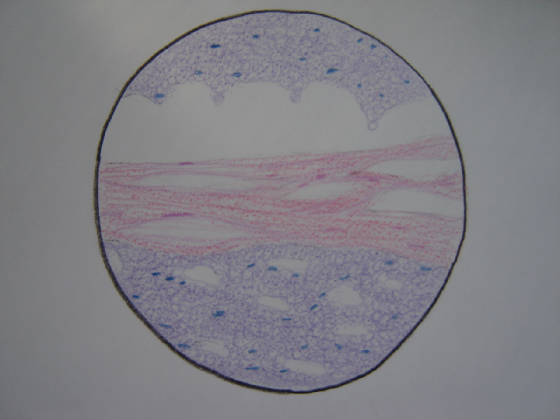|
The kidneys are a pair of bean shaped organs located in the posterior part of the abdomen, with
one on either side of the spine below the liver and spleen. Each kidney is surrounded by two layers of fat which serve as
cushioning. In a healthy adult human, each kidney measures 11cm long and 5cm thick and is part of the excretory system. Kidneys
are responsible for filtering wastes such as urea from the blood, and expelling them as urine; and regulating pH, mineral
ion concentration and water composition of the blood. Each kidney contains over a million nephrons, which are its principal
components. Nephrons regulate water and soluble substances in the body. They filter blood, reabsorb necessary fluids, and
secrete unnecessary molecules. The final solution is known as urine and is expelled from the body. Blood passes through the
kidneys about 350 times a day, at a rate of 1.2 litres per minute. During filtration, sodium ion concentration is monitored
by a process involving the hormone aldosterone. Another hormone, antidiuretic hormone (ADH), is also associated with the kidney,
and controls blood osmotic pressure. A rise or drop in blood osmotic pressure is detected by the hypothalamus which stimulates
the pituitary gland to secrete ADH which causes a change in the water absorption, thereby maintaining appropriate blood osmotic
pressure. PH is also maintained by the kidneys, through the exchange of hydronium ions and hydroxyl ions, which keeps the
blood plasma pH at 7.4 but allow for urine to be acidic or alkaline.
|






